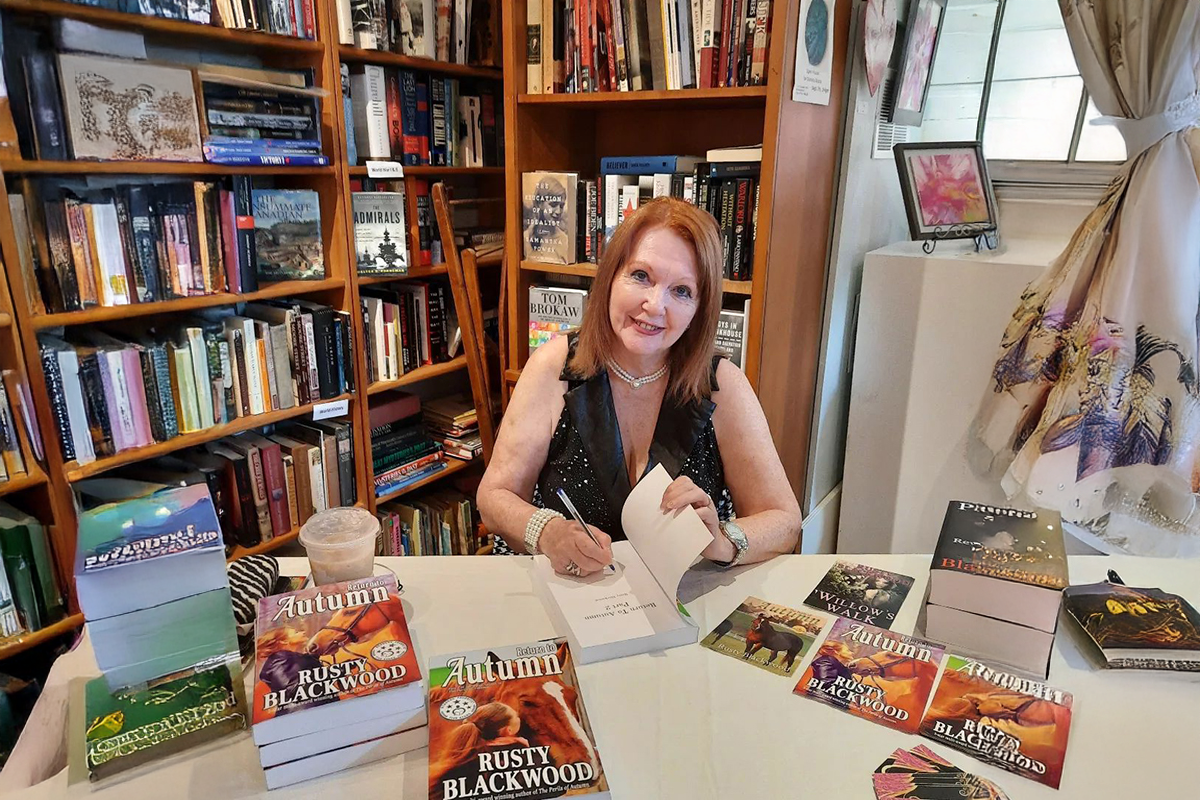R.W. Meek Explores Art and the Human Spirit in The Dream Collector

PHOTO: R.W. Meek, renowned author and art historian, pictured bringing historical and creative brilliance to his exceptional fiction.
A Gripping Tale Of History, Psychology, Betrayal, And Redemption
R.W. Meek’s The Dream Collector masterfully blends historical authenticity and fictional imagination, exploring Freud, van Gogh, and Sabrine in a narrative rich with themes of love, abandonment, and the transformative power of art.
R.W. Meek, the award-winning novelist and art historian, seamlessly merges historical accuracy with heartfelt storytelling in The Dream Collector, a literary work that delves into the lives of iconic figures Sigmund Freud and Vincent van Gogh, alongside the fictional yet captivating central character, Sabrine. Known for his exploration of the interplay between art, psychology, and history, Meek’s writing carries a remarkable sensitivity to both human frailty and genius, creating narratives that resonate deeply with readers.
With a background in Art History and a particular admiration for the Impressionist and Post-Impressionist movements, Meek brings a scholar’s depth and a storyteller’s imagination to his work. In The Dream Collector, he invites readers to journey into the intersection of creativity, suffering, and the human spirit. Centering around themes of betrayal, abandonment, and the restorative power of art, Meek’s novels confront the universal struggles of identity and belonging while emphasizing the fragile yet profound connections between individuals.
R.W. Meek captivates with his ability to weave historical depth, psychological insight, and emotional resonance into unforgettable storytelling.
The novel is structured in two parts: Sabrine & Sigmund Freud and Sabrine & Vincent van Gogh. Though they function as stand-alone works, Meek explains that the books were conceived as a single epic narrative, allowing readers to immerse themselves in either Freud’s early career in Paris or van Gogh’s artistic torment during a pivotal year of his life.
Explaining the inspiration behind The Dream Collector, Meek points to the little-known historical fact that, in 1886, both Freud and van Gogh lived in Paris, a city that profoundly shaped their lives. The book imagines their encounters through the lens of Julie Forette, the story’s narrator and protagonist, who describes herself as a “collector of dreams.” Forette, inspired by Freud’s theories, believes the dreams of artists reveal their subconscious conflicts, neuroses, and desires.
Meek prides himself on his dedication to historical accuracy, weaving real-life details into his fictional narrative. For instance, Freud’s documented fascination with cocaine—including his treatise On Coca and his personal use of cocaine wine—is intricately included in the novel. Similarly, van Gogh’s letters to his brother Theo significantly influence the dialogue, some of which is lifted directly from these exchanges. Meek also portrays van Gogh’s tragic final moments with meticulous detail, emphasizing the painter’s lifelong feelings of alienation and his belief that he was “a stranger on earth.”
At the heart of the story is the luminous and innocent Sabrine, whose presence transforms the lives of both Freud and van Gogh. Meek reveals that Sabrine was inspired by his love of characters such as Alyosha from Dostoevsky’s The Brothers Karamazov, and he sought to create a truly innocent soul whose charm captivates all who meet her. Her relationships with both Freud, who becomes her therapist, and van Gogh, who is drawn to her as a lover, highlight themes of betrayal and abandonment—emotions that define much of the novel’s exploration of resilience and healing.
Among Meek’s other literary influences are Antoine de Saint-Exupéry and John Fowles, both of whom he credits for shaping his voice as a writer. His own storytelling, however, leans heavily on the evocative power of art itself—a recurring theme in The Dream Collector. “I wanted to explore the tragedy of when someone you trust, you love, betrays and/or abandons you,” he explains. “Can you ever recover from the subsequent pain and trauma? If so, how? Which leads to my overarching theme, the rejuvenating power of art.”
The second book, Sabrine & Vincent van Gogh, delves deeper into the painter’s self-destructive impulses and his relationship with Sabrine. Meek uses Sabrine’s backstory as a mirror to van Gogh’s struggles with abandonment, creating parallels that shed light on his enigmatic character. While acknowledging the self-inflicted tragedy of van Gogh’s death, Meek emphasizes his artistic genius, framing his story with compassion and understanding.
Currently, R.W. Meek is adapting The Dream Collector into a screenplay, drawing from his unique perspective as both a writer and art historian. Residing just thirty minutes from Hollywood, he has a clear vision for its cinematic adaptation and has even selected his dream cast for the main roles. Among the actresses he wishes to see take part in this project are Saoirse Ronan, Monica Barbaro, Suzanna Son, and Ann Noble, an acclaimed LA theater performer.
R.W. Meek’s work in The Dream Collector is a triumph of historical fiction, vividly bringing to life the worlds of Freud and van Gogh through an imaginative lens. By blending meticulous research with profound psychological insight, Meek reminds us that even history’s most brilliant and broken figures are bound by the universal human experience.
Source: Reader’s House Magazine















